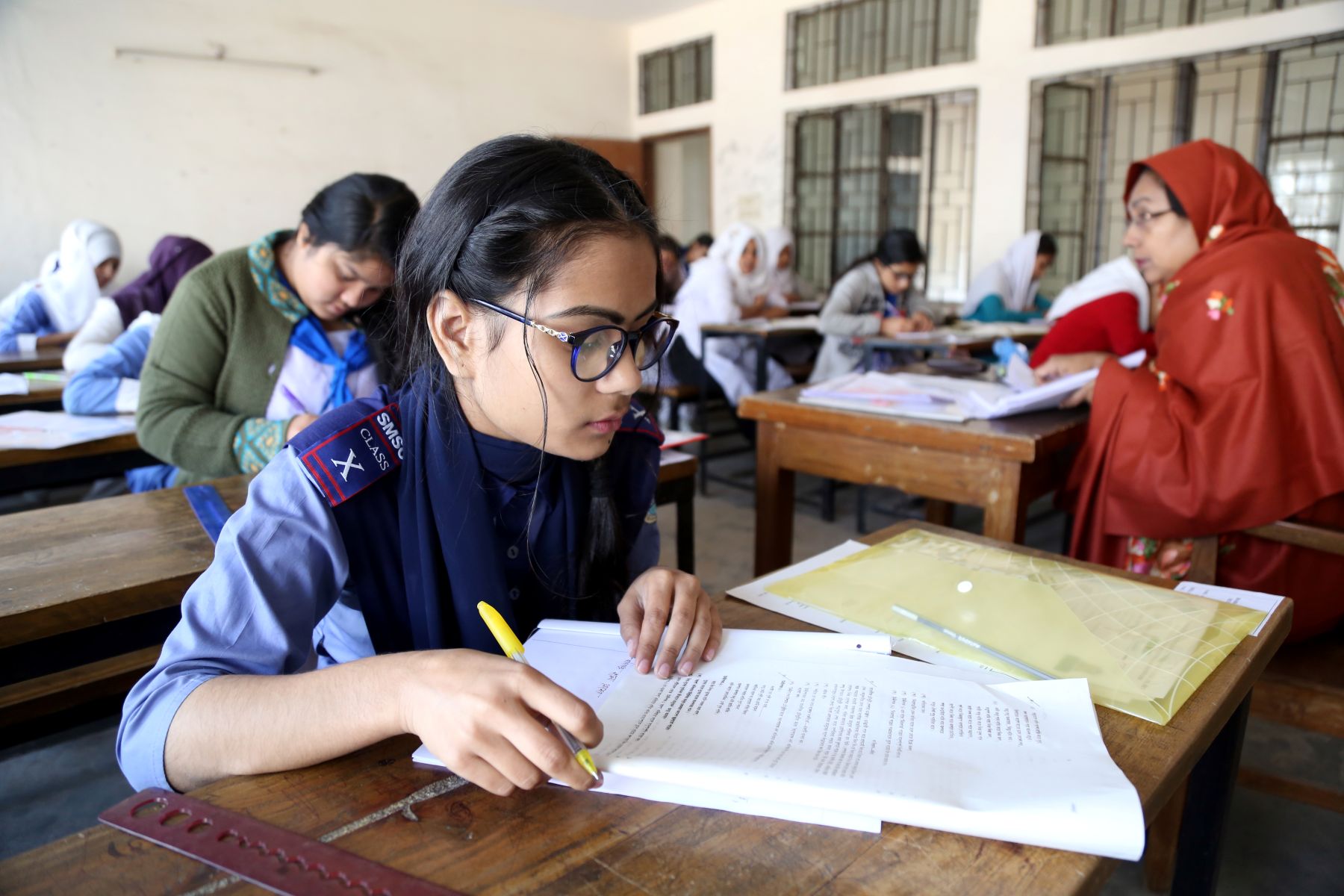Lt. Gov. Delbert Hosemann recognizes schools with high attendance rates – SuperTalk Mississippi Media

Report on Mississippi’s Chronic Absenteeism and Alignment with Sustainable Development Goals
Executive Summary
The state of Mississippi is confronting a significant educational challenge characterized by escalating rates of chronic student absenteeism. This issue directly impedes progress toward key United Nations Sustainable Development Goals (SDGs), most notably SDG 4 (Quality Education). In response, state leadership, including Lieutenant Governor Delbert Hosemann, has initiated programs to recognize schools with high attendance and is proposing legislative measures to mitigate the problem. This report analyzes the current situation, details the government’s response, and frames these efforts within the context of the global SDGs.
Analysis of Chronic Absenteeism Data
Recent data from the Mississippi Department of Education highlights a concerning trend in student attendance, which poses a direct threat to the provision of inclusive and equitable quality education as outlined in SDG 4.
- Definition: Chronic absenteeism is defined as a student missing 10% or more of school days for any reason, including excused and unexcused absences.
- Current Rate: The statewide chronic absenteeism rate reached 27.6% in the 2024-25 school year.
- Year-Over-Year Increase: This figure represents an increase of more than 3% compared to the 2023-24 school year.
- Impact Scale: The current rate translates to over 120,000 public school students being deprived of significant classroom instruction time, undermining the foundational goal of universal access to education.
State-Level Recognition and Incentives
To counteract this trend and promote a culture of attendance, the Lieutenant Governor’s office has established an award program. This initiative aligns with the SDG principle of creating positive reinforcement for achieving educational targets.
- Initiative: The “Lieutenant Governor’s Attendance Award” was created to recognize schools successfully maintaining high attendance.
- Recipients: 130 schools were honored for their achievements.
- Criteria: The award was granted to schools maintaining strong student attendance and a chronic absenteeism rate of 15% or lower.
- Stated Goal: Lt. Gov. Hosemann emphasized that regular attendance is a primary predictor of academic and “life-long success,” linking educational attainment directly to the objectives of SDG 8 (Decent Work and Economic Growth).
Proposed Legislative and Policy Interventions
State lawmakers intend to reintroduce legislation aimed at creating systemic solutions to reduce chronic absenteeism. These proposed institutional actions support SDG 16 (Peace, Justice and Strong Institutions) by demonstrating a commitment to effective governance in the education sector.
- Restriction of Cell Phones: A proposed strategy involves limiting cell phone use in classrooms to foster a more engaged learning environment.
- Modified Academic Calendar: The encouragement of modified school calendars is being considered as another method to improve attendance patterns.
Direct Implications for Sustainable Development Goals (SDGs)
The challenge of chronic absenteeism in Mississippi and the corresponding state-level responses are intrinsically linked to several core Sustainable Development Goals.
- SDG 4 (Quality Education): The high rate of absenteeism is a direct barrier to achieving Target 4.1, which aims to ensure all children complete free, equitable, and quality primary and secondary education. State initiatives to reduce absenteeism are a critical step toward fulfilling this goal.
- SDG 10 (Reduced Inequalities): Chronic absenteeism often disproportionately affects students from marginalized and low-income backgrounds. By addressing this issue, the state can help reduce educational disparities and promote greater equity in learning outcomes.
- SDG 8 (Decent Work and Economic Growth): Ensuring students are present and learning is fundamental to preparing a skilled workforce. Improving attendance today contributes to long-term economic productivity and the potential for decent work for all, as envisioned in SDG 8.
Which SDGs are addressed or connected to the issues highlighted in the article?
-
SDG 4: Quality Education
The article directly addresses SDG 4, which aims to “ensure inclusive and equitable quality education and promote lifelong learning opportunities for all.” The central theme is chronic absenteeism in Mississippi schools, a critical barrier to achieving quality education. The article highlights how missing school negatively impacts academic success, stating that “Regular attendance is one of the strongest predictors of academic and life-long success.” The efforts by the Lieutenant Governor to recognize schools with high attendance and introduce legislation to reduce absenteeism are direct actions toward improving educational outcomes, which is the core mission of SDG 4.
What specific targets under those SDGs can be identified based on the article’s content?
-
Target 4.1: Ensure that all girls and boys complete free, equitable and quality primary and secondary education leading to relevant and effective learning outcomes.
This target is highly relevant because chronic absenteeism directly prevents students from completing their education and achieving effective learning outcomes. The article states that over 120,000 students are “missing a significant amount of time in the classroom.” This lost time severely compromises the quality of their education and their ability to learn effectively, which is the primary focus of Target 4.1.
-
Target 4.a: Build and upgrade education facilities that are child, disability and gender sensitive and provide safe, non-violent, inclusive and effective learning environments for all.
While the article does not discuss physical infrastructure, it touches upon creating “effective learning environments.” The mention of proposed legislation to reduce absenteeism, including ideas like the “restriction of cell phones,” is an attempt to improve the classroom environment to make it more conducive to learning and encourage student presence. This aligns with the goal of Target 4.a to ensure learning environments are effective for all students.
Are there any indicators mentioned or implied in the article that can be used to measure progress towards the identified targets?
-
Chronic Absenteeism Rate
The article provides a clear, quantifiable indicator for measuring the problem. It explicitly defines chronic absenteeism as “missing 10% or more of school days for any reason” and states the current rate is 27.6% for the 2024-25 school year. This percentage serves as a direct metric to track progress in reducing absenteeism over time.
-
Benchmark for High Attendance
The “Lieutenant Governor’s Attendance Award” establishes a specific performance benchmark. The article notes that the award is given to schools “for maintaining strong student attendance rates and chronic absenteeism rates of 15% or lower.” This 15% threshold acts as an indicator of success and a target for other schools to aim for.
-
Number of High-Performing Schools
The article mentions that “130 schools” were recipients of the attendance award. This number can be used as an indicator to measure the success of state-wide initiatives. An increase in the number of schools meeting the
SDGs, Targets and Indicators
| SDGs | Targets | Indicators |
|---|---|---|
| SDG 4: Quality Education |
|
|
Source: supertalk.fm
What is Your Reaction?
 Like
0
Like
0
 Dislike
0
Dislike
0
 Love
0
Love
0
 Funny
0
Funny
0
 Angry
0
Angry
0
 Sad
0
Sad
0
 Wow
0
Wow
0














































































